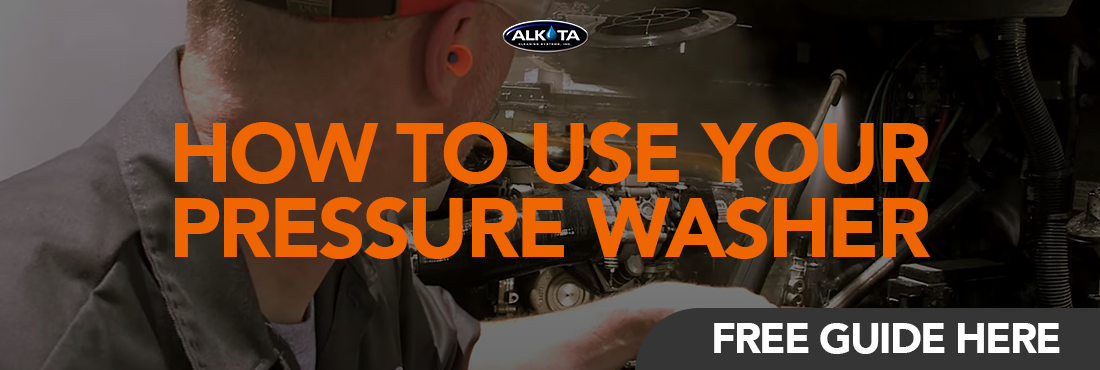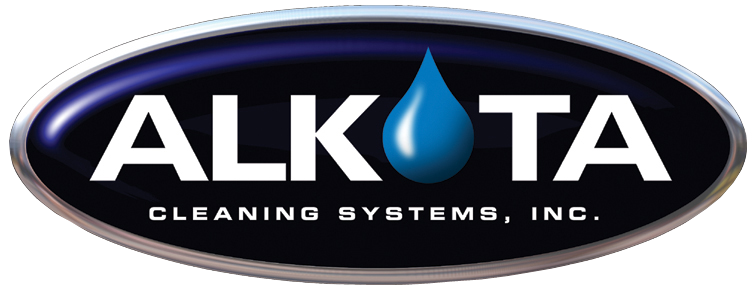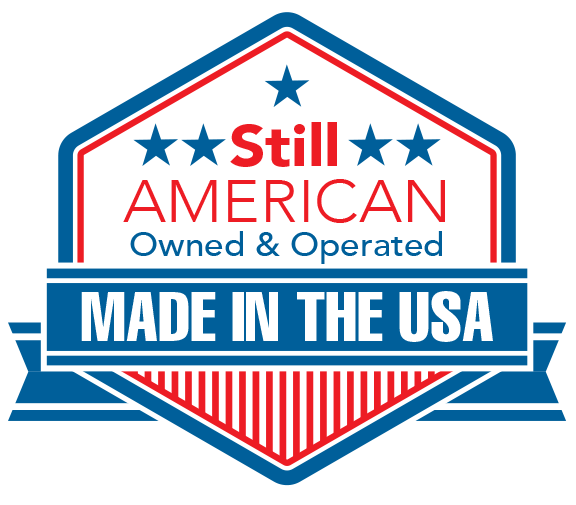Throughout the years in the pressure washing industry, we’ve found a common misconception about nozzles. That the right one needs to go to the right dirty job. Not all nozzles are the same, and Alkota is here to tell you why.
Nozzles can cause you a lot of problems if you don’t know how to properly size your spray tips to the pressure washer you are using. It’s essential to choose the proper nozzle and spray pattern to do the job without damaging what you are washing, or the equipment you are using.

Nozzle Colors
Nozzle packages typically come in a set of:
- red – 0°
- yellow – 15°
- green – 25°
- white – 40°
They also come sized to a certain volume and pressure depending on the model number, volume and pressure of your pressure washer. Picking the wrong size nozzle can impact the job you are doing, and in some cases, can either ruin a pressure washer by over amping an electric motor, or overburdening a gas or diesel engine. You can also put premature wear on the pump, unloader, and/or fittings of a cleaning system.
Nozzle Guide
When you wear out or lose a nozzle, going to the hardware store and picking up a generic set of nozzles can have huge ramifications.
There are many different sized nozzles to fit various machines. By buying generic you get a slew of these issues:
- Too small results in water bypassing into the pressure unloader valve.
- Bypassing water can cause the seat in the unloader to wear and cause extra expense and repair
We recommend going with a nozzle that fits the volume and pressure of your machine. Also a nozzle should be properly sized to a pressure washer, using this helpful nozzle chart. If you do not have a chart, we recommend contacting your local dealer to help you find the correct nozzles.

Nozzle Patterns
Nozzle Spray patterns can also determine how effective your pressure washer is cleaning for you.
0° degree Nozzle
0° degree nozzles are more refined and have a tight pattern. A 0° degree nozzle is, used in a more precise cutting, or used as a dislodging tip. It is the most aggressive of all tips and, most likely, the least used. 0° degree tips are incredibly dangerous and can do substantial cutting damage in a cleaning application.
15° degree Nozzle
15° degree nozzles are great and commonly used tips. A 15° degree tip will give you a fan pattern with preciseness to strip surfaces from paint, grease, oils, sticky adhesives, or other stubborn stains. 15° degree nozzles will also cut mud and dirt from construction equipment, under wheel wells, and in heavy equipment tracks.
25° degree Nozzles
25° degree nozzles give you a great cleaning ability on houses, boats, and autos. The wider pattern will also clean concrete surfaces, wood decks, and paint preparation. Generally speaking, a little wider pattern will also give you less striping when prepping or cleaning any surface.
40° degree Nozzles
40° degree nozzles are wider, and will give you the same great pressure as the other nozzles, but will spread out the pressure giving you a more gentle clean. A 40° degree nozzle will give you a wide-sweeping pattern. The wider angle is ideal for sidewalks, pool areas and house siding. You can also use this pattern to rinse windows and patio doors, by backing away from the glass surface area when cleaning.
65° Soaping Nozzle (not pictured)
A soaping nozzle is used for a couple of different applications.
- First, they can be used as a low-pressure, flushing nozzle.
- A soaping nozzle is also used with a low-pressure chemical applicator known as a down steam chemical injector. If you are using a downstream chemical injector, the injector will not inject unless you have lower pressure either by using a soaping nozzle, or a variable pressure wand.
- In the case of a soaping nozzle, you simply apply the soap and then change the nozzle out to a higher pressure nozzle to go into a rinse mode. This allows you to soap down the object you are cleaning and then rinse with high pressure to give a final, desired appearance.
- Over time as you use a pressure washer, your nozzle will become worn, or become obstructed/plugged. Knowing when to replace a nozzle then becomes an issue. The only true way to determine when to replace a nozzle is by keeping a gauge handy to observe your pressure drop.
- If you have a 10 to 15% drop over new performance, it’s time to replace a tip. Keeping a spray nozzle clean is also important.
- If you have an obstructed tip it will severely drop your pressure. You can clean your spray nozzle with an automotive pick, a small drill bit, a paper clip or a nozzle cleaning tool to unclog a nozzle.
Conclusion
Wear on nozzles depends on a few different things. Water quality, amount of use, and how you are using your equipment play a factor in this. Taking care of your spray tips becomes key to making your pressure washer perform properly.

If you have additional questions, please consult your local dealer or a trained technician. Always remember, it’s the nozzle that makes the pressure!



